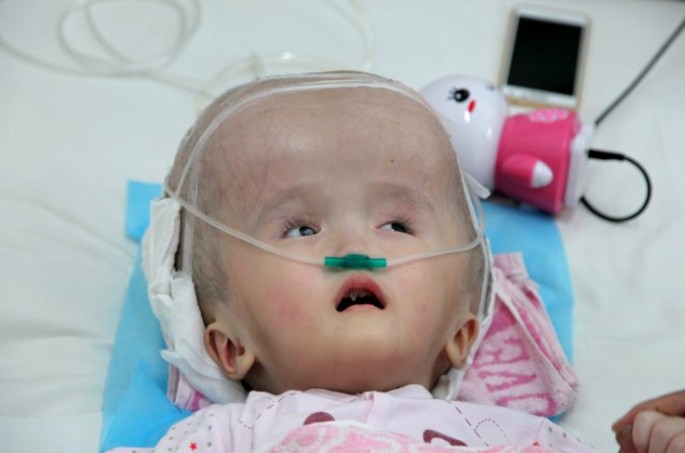Three-year-old Han Han suffered from congenital hydrocephalus but has found a new lease on life after a successful cranium reconstruction through 3D printing technology.
The innovation has allowed her cranium to be reconstructed, with the chance to be relieved of a condition that causes an abnormal amount of fluid to build up in her brain.
Other inconveniences brought by the condition included the risk of going blind due to the pressure from excess fluid that could also result in infections.
With the introduction of a 3D-printed skill implant, surgeons at Hunan's Second People's Hospital in the city of Changsha are hoping to effectively combat Han Han's situation.
The 3D printing technology enabled the surgeons to create a replica of the skull, which was used as a reference in designing a titanium mesh to replace the original cerebral cranium.
In performing the 17-hour surgery, they removed a portion of the skull and fixed the cerebral cranium substitute in place.
Since the toddler is still growing, an adult-sized skull implant was utilized.
7.5 liters of fluid was drained during the operation in the course of four hours.
"After the skull is removed, the brain is like an egg that's been peeled. It is wobbly and unstable. We have to drain excess fluid so the membrane can hold tight and prevent the brain from moving too much. We also have to keep the skull pressure at the right level," said Kuang Weiping, one of the doctors who performed the operation.
Aside from leaving the facial cranium intact to secure the titanium mesh, the doctors also divided the latter into three parts to ensure a stable support and successful implantation.
Following the operation, Han Han is still in intensive care.



























